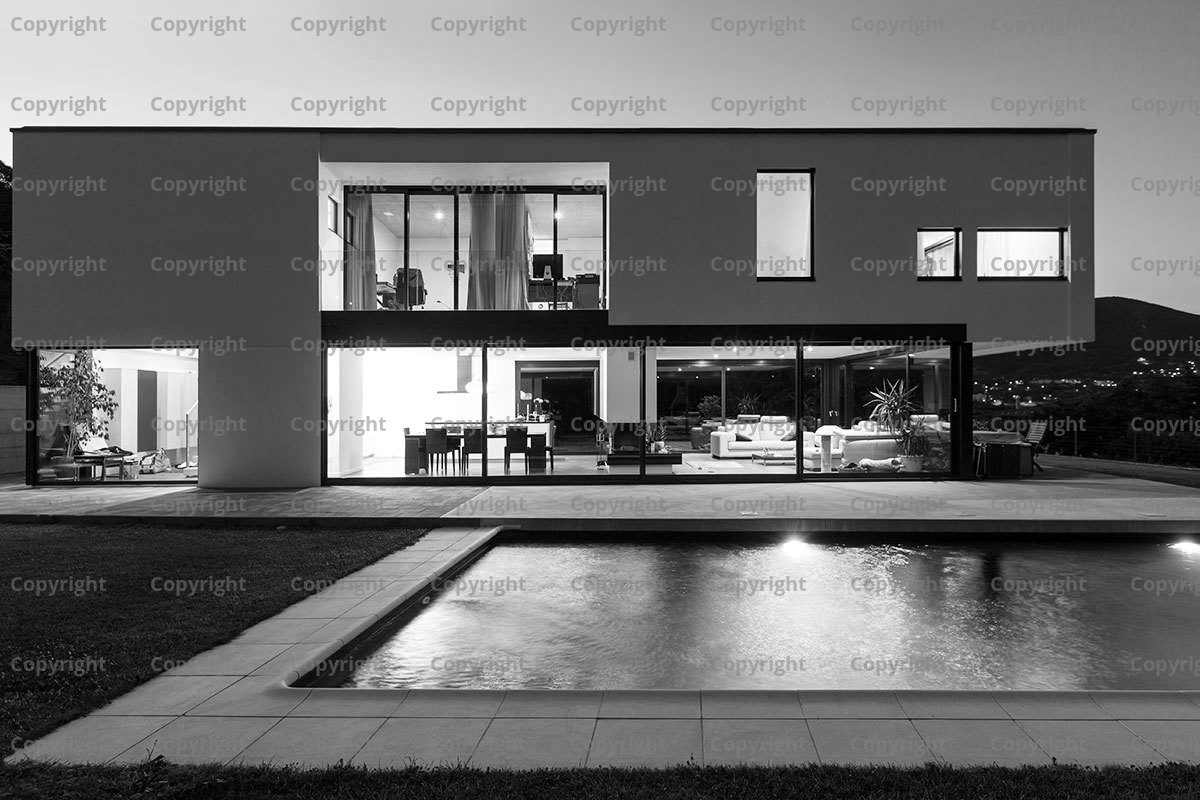One of the primary reasons that we maintain our Case Study House series is to experiment with design ideas on our own homes before we propose them on the projects we design for clients. In addition to the structure itself, these ideas extend to the surrounding property, and the Case Study House 2014 was an excellent testing ground for several landscaping ideas. We sought out some informal help via a trade in services from our friends over at Langstraat Wood, and Erik Wood was kind enough to provide some guidance on basic landscape concepts and plants, particularly at the public face and site edges.
The landscaping in this project (as with most) will require time to grow, fill-in, and mature. Subsequently, the experiment is ongoing, but between the design phase, the implementation, and taking the final photos, we’ve observed enough potential to share what we’ve learned so far. Let’s start from the top and work our way down.
The green roof designed into the CSH2014 is important for a number of reasons. Many building departments now impose limits and requirements around the amount of impervious surface area proposed on a project. The definition of “impervious” varies by jurisdiction, but it generally refers to things like roofs, concrete flatwork, and the like which don’t allow water to infiltrate soil. In the City of Seattle, where this project is located, site mitigation is required for a single family house footprint exceeding 1,500 square feet of impervious surface. In this case, a percentage of the green roof offsets the additional area of impervious surface to satisfy the municipal code.

Geef een antwoord